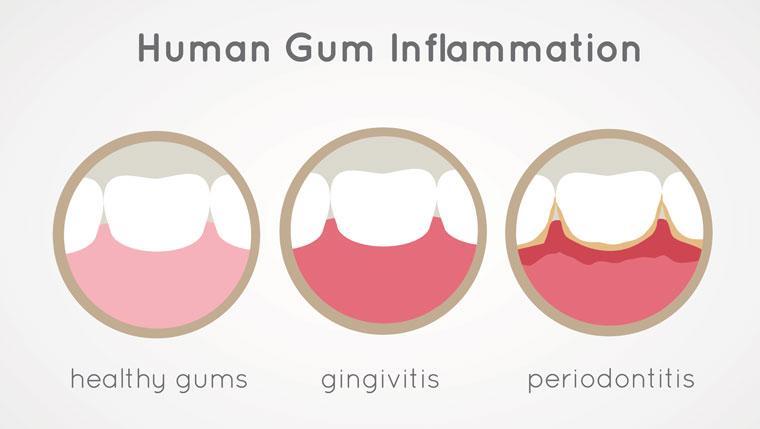What Kind of Dental Cleaning will I be getting?
All dental cleanings are alike…Right? Not Really!
When it comes to dental cleanings, they’re either classified as preventive or something else. If the gums are healthy, no sign of gum disease, no inflammation, no bleeding, healthy pink in color, little or no recession, gum pockets of normal probing range up to 3 mm, or no previous Periodontal Therapy or Surgery, then the cleaning is classified as a routine, preventive cleaning.
If there are signs of gum disease, drainage from the gum pockets, redness in color, recession beyond normal, pockets of 4mm and above, generalized bleeding, bone loss on the x-rays, heavy calculus or tarter build-up causing tissue changes, now we are treating a problem with a dental cleaning, not preventing a problem. There are other types of dental cleanings that are appropriate for these types of gum problems. YOU DO NOT QUALIFY FOR A ROUTINE CLEANING!
Appropriate cleanings for gum problems are:
- Debridement
- Scaling with the presence of inflammation
- Root Planing and scaling
- Gum Surgery
- Periodontal Maintenance
These treatments are all based on severity of the problem. All treatments are customized to your specific conditions, and the outcome depends on classification of the condition, how long this has been going on, home care, medical comorbidity, medications you are taking, as well as other factors. Please do not ask us to do a regular cleaning when you have these gum problems!
If you have any questions, do not hesitate to call the office for any explanations you would like to discuss @561-798-4077, or email us: info@bruceelkinddds.com.
Thank You,
From the Office of Bruce Elkind, DDS & Staff











